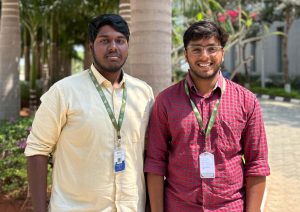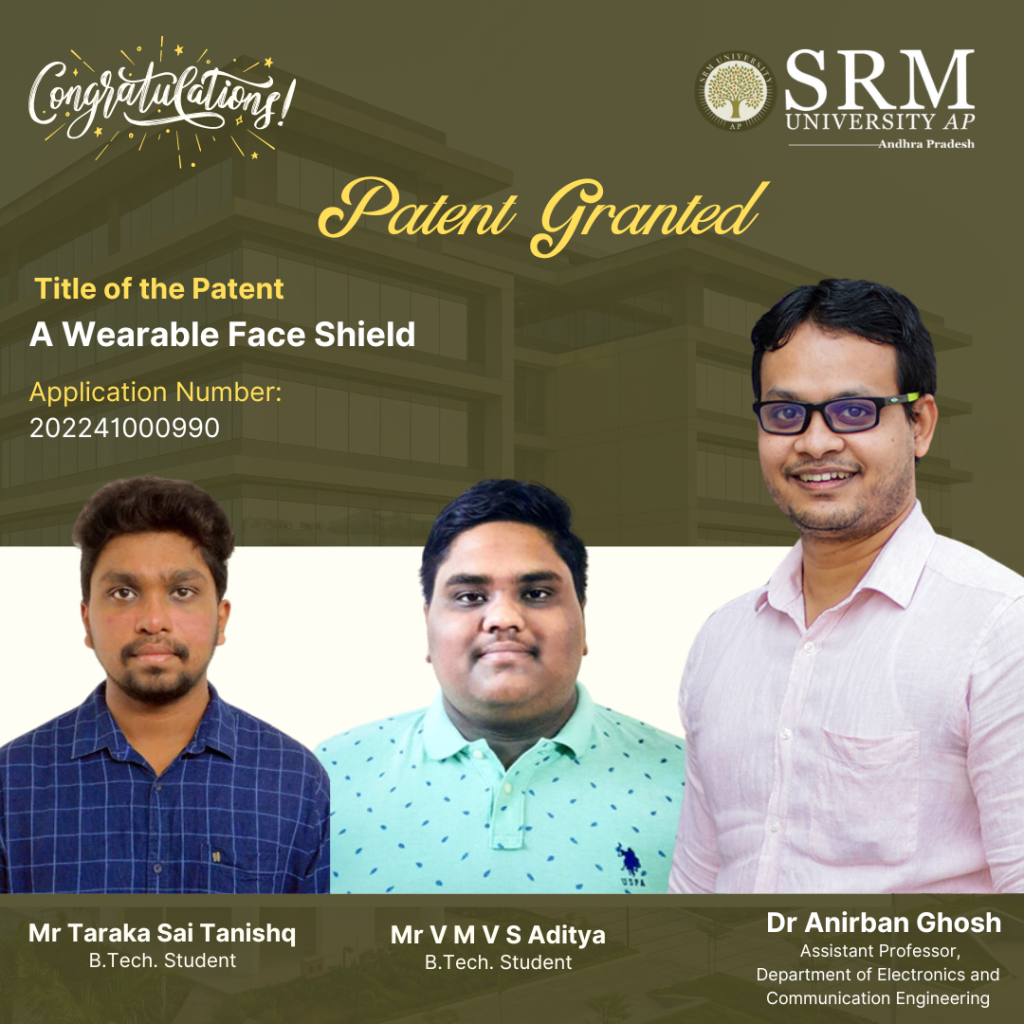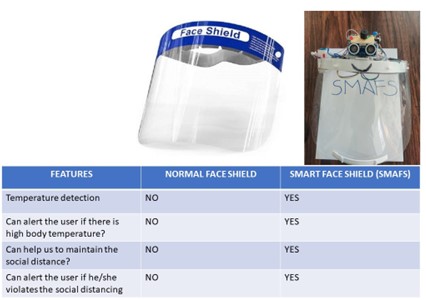Recent News
- B Tech Students Pave the Path for Future Entrepreneurs with Vascan Solutions October 8, 2024
 SRM University-AP is honoured to recognise the impressive accomplishments of B Tech CSE third-year students Sai Tharun Nelluru and Mahendra Kumar Velicheti, co-founders of Vascan Solutions, a startup aiming to disrupt the retail space. This is especially so when one considers that the decision to venture into entrepreneurship entails taking risks that the norm would prescribe against – seeking employment graduates.
SRM University-AP is honoured to recognise the impressive accomplishments of B Tech CSE third-year students Sai Tharun Nelluru and Mahendra Kumar Velicheti, co-founders of Vascan Solutions, a startup aiming to disrupt the retail space. This is especially so when one considers that the decision to venture into entrepreneurship entails taking risks that the norm would prescribe against – seeking employment graduates.Vascan Solutions, as a company, is a clear Shiff economics and architecture in Context business solving real problems in the business of retailing. Understanding the pain points that exist for both shoppers and retailers, Sai Tharun and Mahendra created a mobile app intending to improve retailing activity. Shoppers can search for items, navigate inside the store accurately and use their phones to pay for items. This improves the ease of shopping for customers. On the one hand, retailers get valuable information from consumers about what they choose and how often they come. With this information, it is easy for marketers to reorganise the store improve customer service and increase sales.
The creation of Vascan Solutions is a testament to the vision and commitment of SRM AP students. However, their success story also highlights the importance of mentorship, an integral aspect of SRM AP’s entrepreneurial ecosystem. Sai Tharun and Mahendra were guided by Dr Shobin CC and Dr Randhir Singh, who provided technical expertise that helped refine their product and strategy. Additionally, Mr Siddharth Shankar Tripathy, Director of Entrepreneurship & Innovation, SRM University-AP, played a pivotal role in mentoring the co-founders, offering them the support needed to navigate the complexities of launching a startup.
SRM University-AP’s commitment to fostering entrepreneurship is evident in the success of Vascan Solutions. The university takes pride in cultivating an environment where students are encouraged to think creatively, innovate, and challenge the status quo. Sai Tharun and Mahendra’s decision to build their own business demonstrates the transformative potential of this environment. Their entrepreneurial journey serves as an inspiration not only to their peers but also to future generations of students who wish to explore non-traditional career paths and make a meaningful impact on society.
The establishment of Vascan Solutions aligns with SRM AP’s vision of empowering students to become leaders and innovators. The university strongly believes that entrepreneurship is not only a viable career option but also a path that can contribute to societal and economic development. Sai Tharun and Mahendra have proven that with determination, innovation, and the right mentorship, young entrepreneurs can turn challenges into opportunities.
Looking ahead, SRM University-AP is excited to see the continued growth of Vascan Solutions. With a solid foundation and a clear vision, the startup has the potential to scale and expand beyond the retail sector, further solidifying the impact of Sai Tharun and Mahendra’s contributions. As Vascan Solutions evolves, SRM AP remains committed to supporting entrepreneurial initiatives that empower students to become changemakers in their respective fields.
Continue reading → - SMAFS Technology Gets Patented September 26, 2024

Dr Anirban Ghosh and his BTech students, Mr Taraka Sai Tanishq Chebrolu and Mr V.M.V.S. Aditya from his department, have come up with a pathbreaking innovation where a Smart Face Shield (SMAFS) helps detect a virus and reminds the wearer to maintain a safe distance. This innovation, patented under the Indian Patent Office Journal, with application number-202241000990 , marks a milestone step towards public health and safety.
Abstract:
The recent spurt of corona virus has wreaked havoc across the globe and led to huge loss of human lives. An intelligent system with innovative technologies can be implemented to address the rapid spread of the deadly virus. The wearable face shield that can not only help to maintain appropriate social distancing in a crowded place but also to identify a person with preliminary symptoms of corona virus. It is designed as a technically improved face shield to maintain social distancing by appropriate use of proximity sensor and to measure temperature of the wearer by using contact temperature sensor. LED’s and buzzer are placed strategically to alert people via visual and audio signals respectively. Such precautionary detection and proximity alert prototype can prove instrumental in early diagnosis and isolation aiding in crowd management and free movement in places of social gathering.
Practical Implementation of the Patent:
Such precautionary detection and proximity alert prototype can prove instrumental in early diagnosis and isolation aiding in crowd management and free movement in places of social gathering. Hence, wearable face shield ensures adequate separation between persons and facilitates temperature monitoring and early disease detection.
Future Research Plans:
Future research plans are to further improve the capability of the existing prototype for example integration of oxygen saturation measurement, Heartbeat, Blood pleasure, Temperature, Location, etc of the user. In the event of an emergency or critical drop in any of the vitals, the system can automatically alert the local hospital, ambulance service, and relatives.
Continue reading →

